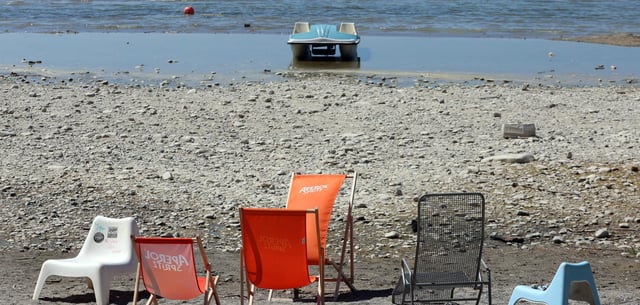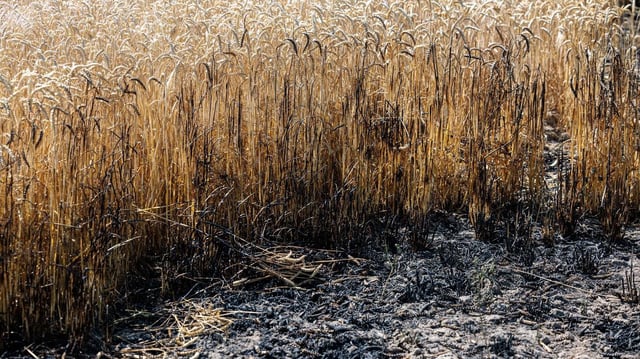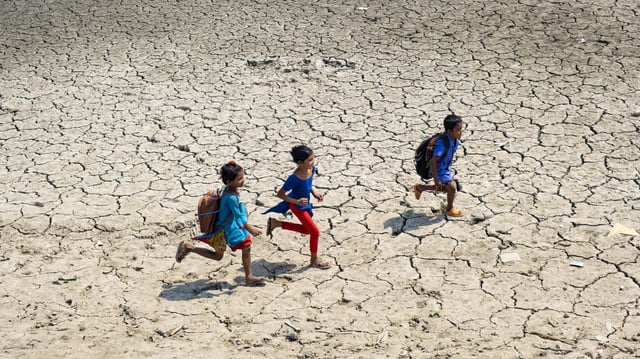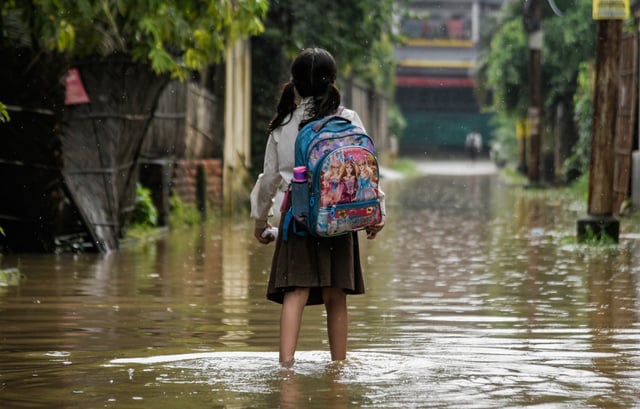Overview
- Under current climate policies, global temperatures are projected to rise by 2.7 °C by 2100, exposing millions of children to unprecedented heatwave risks.
- The study finds that 92% of today’s five-year-olds could face extreme heatwaves in a 3.5 °C scenario, compared to 52% under a 1.5 °C limit.
- Wealthier populations are responsible for two-thirds of observed warming since 1990, while poorer communities bear the greatest climate burdens despite minimal emissions.
- Researchers define 'unprecedented' climate extremes as events with less than a 1 in 10,000 chance of occurring without human-induced climate change.
- Limiting warming to 1.5 °C could spare approximately 49 million children born in 2020 from unprecedented heatwave exposure, highlighting the urgency of emissions reductions.



